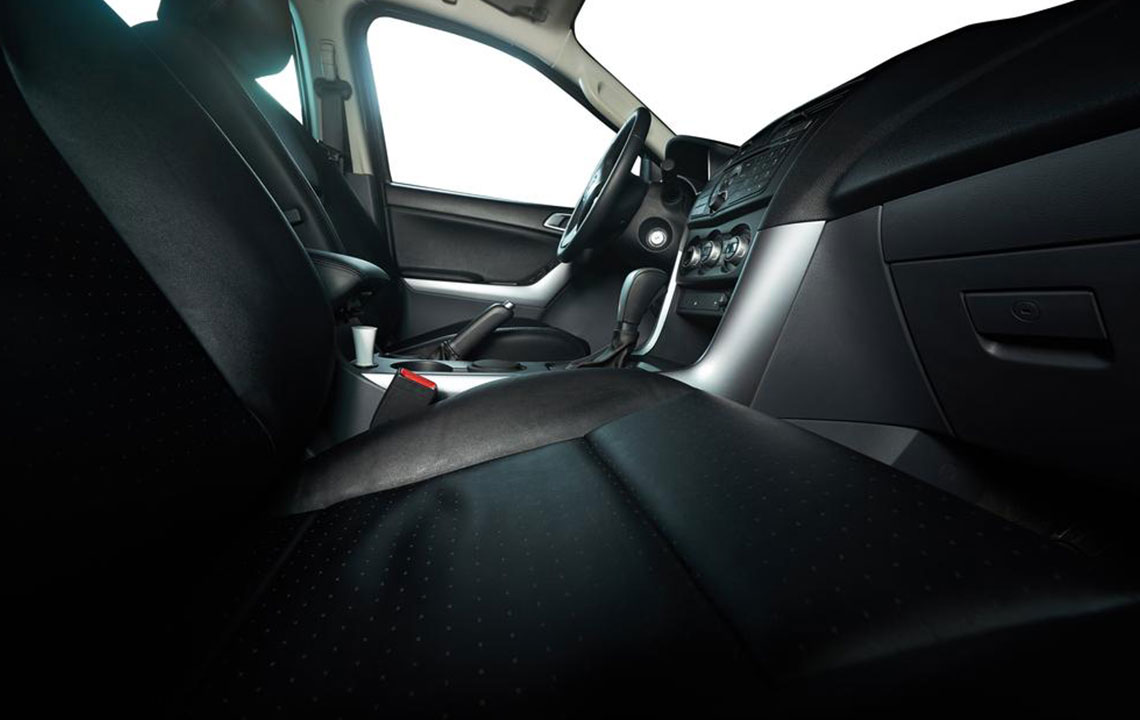Essential Safety Features Every Modern Vehicle Must Have to Protect You and Your Family
Discover the essential safety features every modern vehicle should include to ensure maximum protection on the road. From crashworthiness enhancements to advanced driver assistance systems, learn how automakers are making cars safer for everyone. Stay informed about the latest innovations in vehicle safety technology that help prevent accidents and reduce injuries, offering peace of mind for drivers and passengers alike.

Essential Safety Features Every Modern Vehicle Must Have to Protect You and Your Family
Ensuring the safety and security of all vehicle occupants, from newborns to senior citizens, is a central concern for automobile manufacturers worldwide. As vehicle safety standards evolve, it becomes increasingly important for consumers to understand the critical safety features incorporated into modern vehicles. All newly manufactured cars must meet stringent safety regulations set by regulatory agencies such as the Insurance Institute for Highway Safety (IIHS) and the National Highway Traffic Safety Administration (NHTSA). These agencies perform thorough crash testing, which evaluates vehicle performance and safety system effectiveness under various simulated accident scenarios. The development and integration of advanced safety technologies have transformed traditional safety measures into comprehensive protection systems designed to prevent accidents and protect individuals during collisions.
Over the years, automotive safety technology has undergone significant advancements. From basic seat belts and airbags to sophisticated driver assistance systems, vehicle safety features now play a vital role in reducing accidents and minimizing injuries. Modern safety systems work synergistically: seat belts keep passengers restrained, airbags cushion impacts, and electronic systems monitor driving conditions to provide timely alerts or intervene when necessary. Together, these features contribute to safer driving experiences and peace of mind for families.
One of the notable recent innovations in vehicle safety involves enhancements to crashworthiness. Automakers now utilize extensive crash testing protocols that simulate various impact scenarios, including frontal, side, and rollover crashes. These tests are designed to assess how well a vehicle withstands collisions and protects its occupants. Among these, frontal impact testing is particularly critical, with new procedures evaluating impacts at both moderate and small overlap impacts at speeds below 40 miles per hour. Small overlap tests, for instance, simulate crashes where only the front corner of the vehicle collides with an obstacle, a common type of accident. These rigorous evaluations ensure vehicles are equipped to absorb and dissipate crash energy effectively, reducing injury risks.
Side impact safety has also seen significant improvements. Vehicles are now constructed with reinforced frames and thicker door beams to withstand lateral collisions. Multiple airbags—including side curtain airbags and thorax (side chest) airbags—deploy to protect occupants from injury. These measures significantly minimize the severity of injuries in side-impact collisions, which are particularly dangerous due to the proximity of occupants to the point of impact.
Another critical aspect of vehicle safety is rollover prevention. Many modern vehicles are equipped with electronic stability control systems that detect loss of control and automatically apply brakes to prevent a rollover. Sturdy roof structures, designed with high-strength steel, also help in distributing crash forces and preventing roof crush injuries during rollovers. These innovations are especially vital for SUVs and crossovers, which are more prone to rollover risks due to their higher centers of gravity.
Protecting head and neck injuries is equally important. Head restraints and adjustable headrests are designed to prevent whiplash injuries, common in rear-end collisions. Properly adjusted head restraints can significantly reduce the chance of neck injuries, which can sometimes lead to long-term disabilities. Advanced safety systems like forward collision warning (FCW) and automatic emergency braking (AEB) further enhance safety. These systems use sensors and cameras to monitor the road ahead, alert drivers to potential collisions, and automatically apply brakes if the driver fails to respond promptly. This technology has proven essential in avoiding rear-end crashes, one of the most common types of vehicle accidents.
Every year, vehicle safety features continue to evolve and improve, making modern automobiles some of the safest options on the road. Leading automakers such as Honda, Toyota, Volvo, and Audi prioritize occupant protection in their vehicle designs. These brands incorporate the latest safety technologies, from adaptive cruise control to lane keeping assist, ensuring drivers and passengers are better protected during their journeys. The ongoing development of smart safety features, coupled with stringent safety standards, underscores the automotive industry's commitment to reducing injuries and saving lives. When choosing a vehicle, consumers should consider these advanced safety features as a priority to ensure maximum protection for themselves and loved ones.





